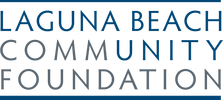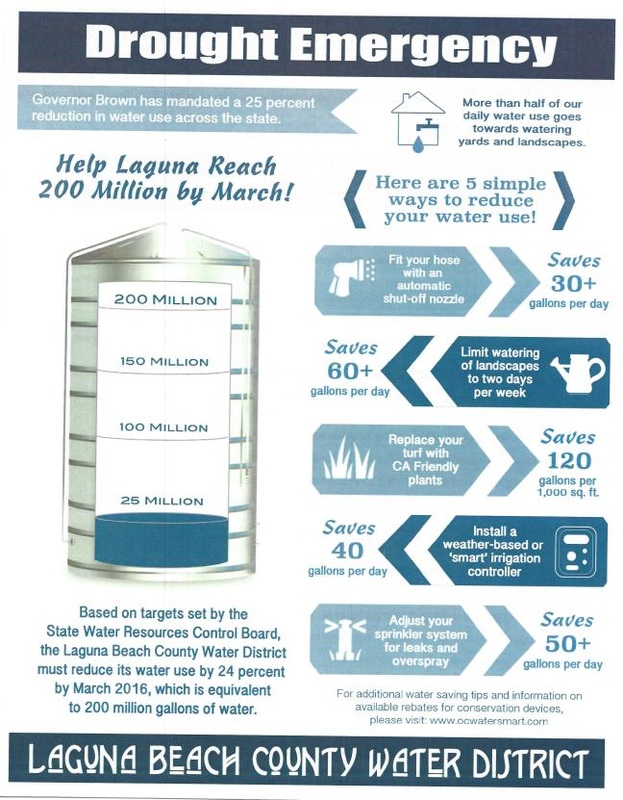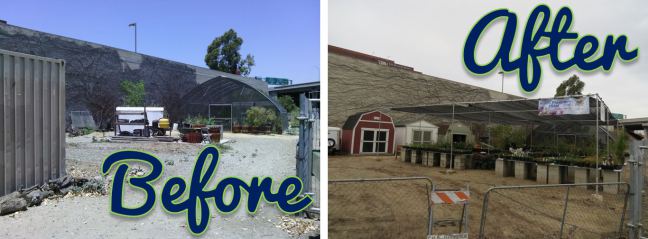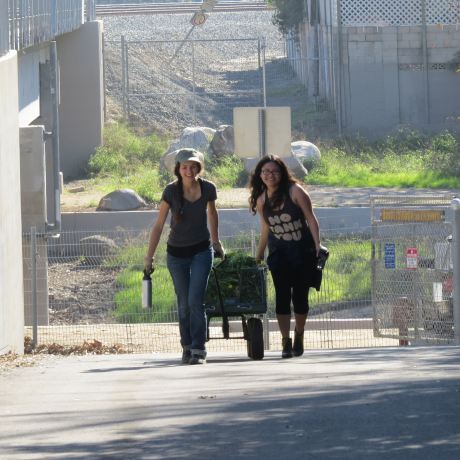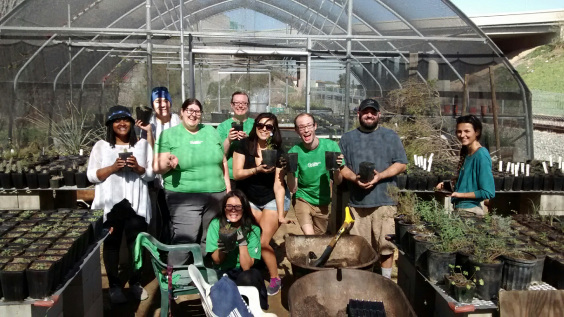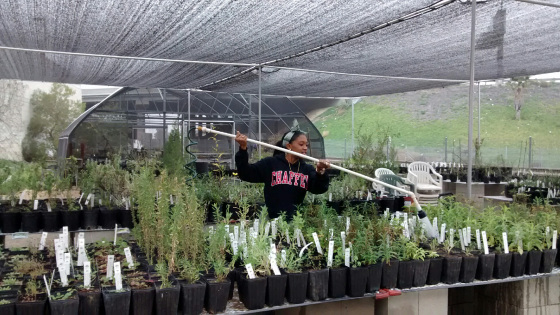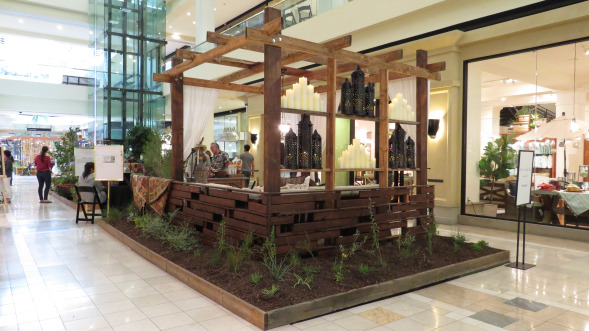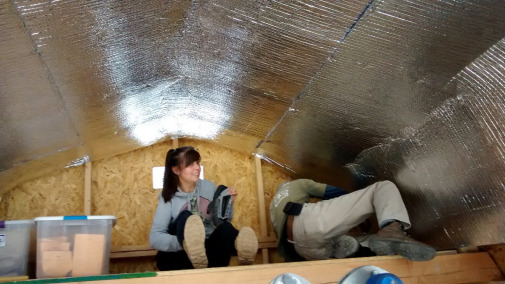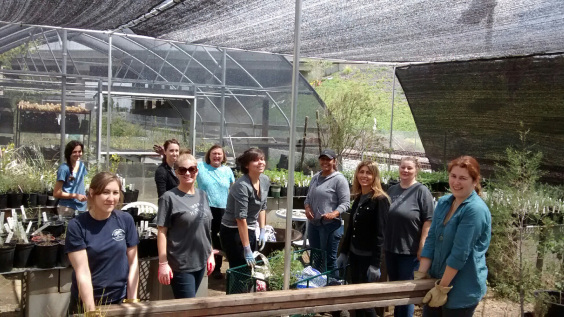|
Locally native plants are beautiful. They attract butterflies and birds. They can help you save water, eliminate the need for harmful pesticides and fertilizers, and reduce maintenance needs. A native plant landscape will save you money and help the environment. Back to Natives is an Orange County nonprofit committed to connecting the community to habitat restoration through service learning and native plant education. Through the help of donor directed funding held at Laguna Beach Community Foundation, Back to Natives has seen an exciting and substantial transformation in a relatively short period of time. Below is a fascinating account by their Director of Restoration, Reginald I. Durant. In December we purchased three barns: one to house our office and store our seeds, one to store our tools, and another to store our equipment. It is much easier to stay organized, and the Nursery is significantly more attractive now that the “barns” have replaced the old shipping containers that once housed our things! A more attractive Nursery lends Back to Natives additional credibility, and is more welcoming to those who visit to volunteer, take classes, or purchase plants. In January our volunteers and interns focused on propagating plants and removing the non-native invasive weeds from the area surrounding the Nursery in Santiago Park Nature Reserve. This improves the area as habitat, makes it more aesthetically pleasing for the community that visits the reserve, and keeps weed seed from infiltrating our native plant stock, which could then be spread to restoration sites or to home gardens. In February we continued to ramp up native plant propagation utilizing the assistance of volunteers from our community like corporate volunteer groups from Starbucks (below). Corporate volunteer groups have been very helpful in accomplishing work around the Nursery where we grow native plants to help raise more funds for habitat restoration and environmental education projects – and it’s so gratifying to watch them learn why natives are important while they’re there! It’s service learning at its best. In March the Nursery began to look like a real nursery, with little rows of native plants growing out of 4” and 1 gallon containers! Propagation continued and our interns led volunteers from World Mark by Wyndham and Alpha Phi Omega in transplanting our babies to make room for their happy roots. We widened and fortified the trail that leads around the side of the greenhouse to the area beyond in preparation for taking the bobcat back there to construct a new shade structure over our grow field. In April propagation and transplanting continued as we designed a demonstration garden at the Nursery to bring to the Spring Garden Show at South Coast Plaza (below) with the goal of educating thousands of people about native plants and their benefits. We built a rustic portico and garden floor out of repurposed wood, and Pottery Barn let us borrow some furniture, including a sectional crafted from FSC-certified mahogany. A hedge of locally native plants grown at our Nursery complimented the reclaimed wooden fence built by BTN staff and volunteers. It was a hit as was the seminar given by our Director Reginald Durant. In his seminar, Reginald discussed which native plants are best for container gardening, and how to water and maintain native plants in containers. He gave a planting demonstration and showed some locally native, landscape quality plants that can help conserve water, eliminate the need for pesticides and fertilizers, and provide habitat for butterflies and birds. Our plant sale at the show raised almost $4000 for our habitat restoration programs, and hundreds of people went home with native plants to grow in their yards. In May we installed a thermal radiant barrier and a solar powered fan in our seed storage barn. We were noticing that the temperatures were high and would only get higher as the Summer months approached. This will keep the seeds from being harmed by high temperatures. More volunteers (like the group from Horizon Technologies below) came out in May to assist with propagating and transplanting native plants. The drought is creating a huge demand and now is our time to ramp up and make them available on a large scale. Back to Natives is looking for:
|
ABOUT |
BETTER TOGETHER |
|

The mission of Laguna Beach Community Foundation is to encourage philanthropy in the greater Laguna Beach area through its charitable organizations and residents. Laguna Beach Community Foundation is a registered 501(c)3. EIN 20-6390272.
Address: 303 Broadway, Suite 212, Laguna Beach, CA 92651
Telephone: 949.715.8223
